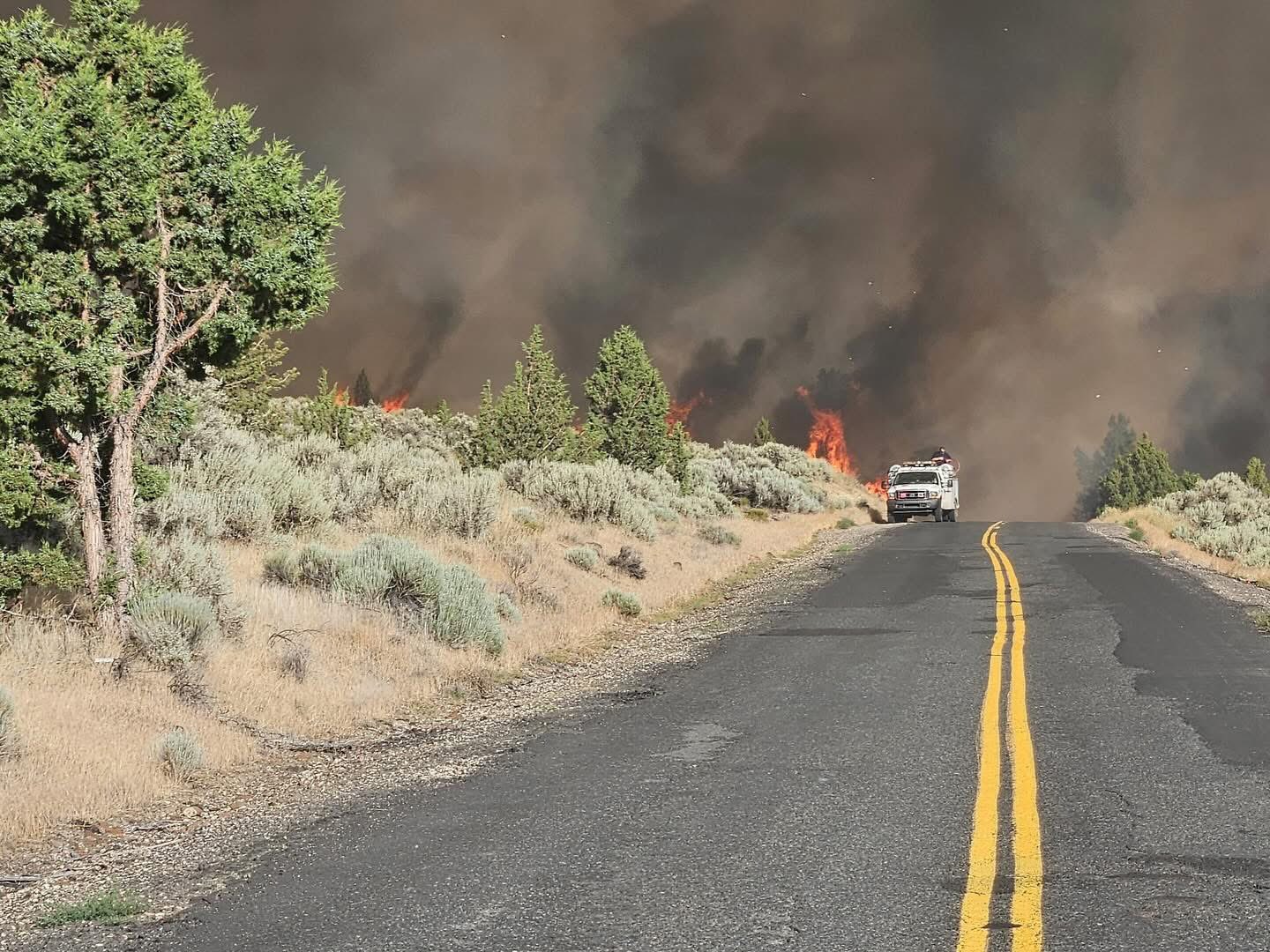‘Natural History Collection’ is 17 discs of Earthly excellence
Published 5:00 am Friday, May 23, 2008

- ‘Natural History Collection’ is 17 discs of Earthly excellence
Most of us think we’ve been around the block a few times and know something about the natural world we live in. Whether from our general education, from visiting zoos or from watching the Discovery Channel, we feel we have a decent understanding of our planet.
It’s been one of the great accomplishments of BBC’s David Attenborough, 1) to show us that we really didn’t know as much as we thought we did, 2) to take us on televised journeys that vastly increased our knowledge, and 3) to do it all with enthusiasm, charm and intelligence.
Trending
Attenborough, 81, has worked for the BBC since 1952. He came to international attention in 1979 for his 13-part BBC series “Life on Earth.” Attenborough’s most widely seen documentary series are packaged in “The BBC Natural History Collection Featuring Planet Earth” in a 17-disc DVD boxed set released by BBC Video ($199.92) .
The set includes: • “Planet Earth: The Complete Series” (2006, five discs): Narrated and co-written by Attenborough, this 11-part series, winner of four Emmy Awards, is an extraordinary achievement. Filmed in high-definition over five years in 62 countries on every continent, “Planet Earth” presents one mind-boggling image after another — from aerial views of African wild dogs working together on a hunt to the ever-changing blue bird of paradise from Papua New Guinea and the stunning snow leopard of northern Asia.
Bonus features include short, behind-the-scenes documentaries about how each episode was made, plus a three-part documentary, “Planet Earth — The Future,” that explores the issues of endangered species and environmentalism. • “The Blue Planet: Seas of Life” (2001, five discs): This path-breaking documentary series reminds us that 70 percent of planet Earth is covered by water. In eight episodes, marine life ranging from the largest animal on the planet, the blue whale (“far bigger than even the biggest dinosaur”), to infinitesimal species, from frozen seas to coral reefs, is shown in its watery habitats.
A bonus disc includes a program about creatures living at the bottom of the Amazon River and sharks dwelling in underwater volcanoes. “The Life of Mammals” (2002, four discs): This worldwide exploration of mammal life is divided into chapters on “Insect Hunters,” “Plant Predators,” “Chisellers,” “Meat Eaters” (looking at “the two great tribes of carnivores — the cats and the dogs”), “Opportunists,” “Return to Water,” “Life in Trees” and “Social Climbers,” as well as a general survey of mammal diversity and a report on human mammals. “The Life of Birds” (1998, three discs): Attenborough’s photographers went to 42 countries to photograph 300 different species. This series explores the history of birds, going back to the days of flying reptiles, looks at how birds fly, the role of feathers, the “demands of the egg,” the task of fishing, meat-eating and searching for insects and much more.
One caveat: Although each of these series offers many educational lessons, they are not for young children. While Attenborough and his crew don’t dwell on violence and gore, they don’t soften the reality of predatory killing. “Planet Earth,” for example, has a rough scene in which a large pride of lions set upon an elephant, while “The Blue Planet” includes a scene in which a group of killer whales attacks a gray whale calf, its outnumbered mother unable to protect it.
Each of these DVD boxes is also available individually — “Planet Earth” and “The Life of Mammals” for $79.98 apiece, “The Blue Planet” and “The Life of Birds” for $59.98 each.
Trending
Not enough nature for you? BBC Video also is releasing this week “David Attenborough: Wildlife Specials” ($29.98, not rated), a two-disc collection from the mid-1990s featuring documentary specials on polar bears, crocodiles, leopards, eagles, humpback whales and wolves.







